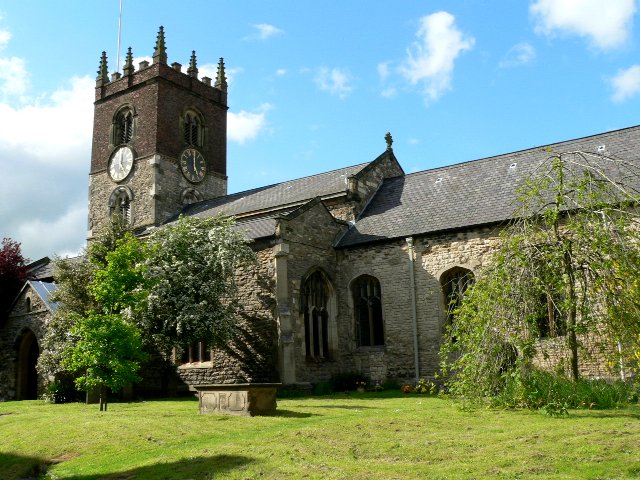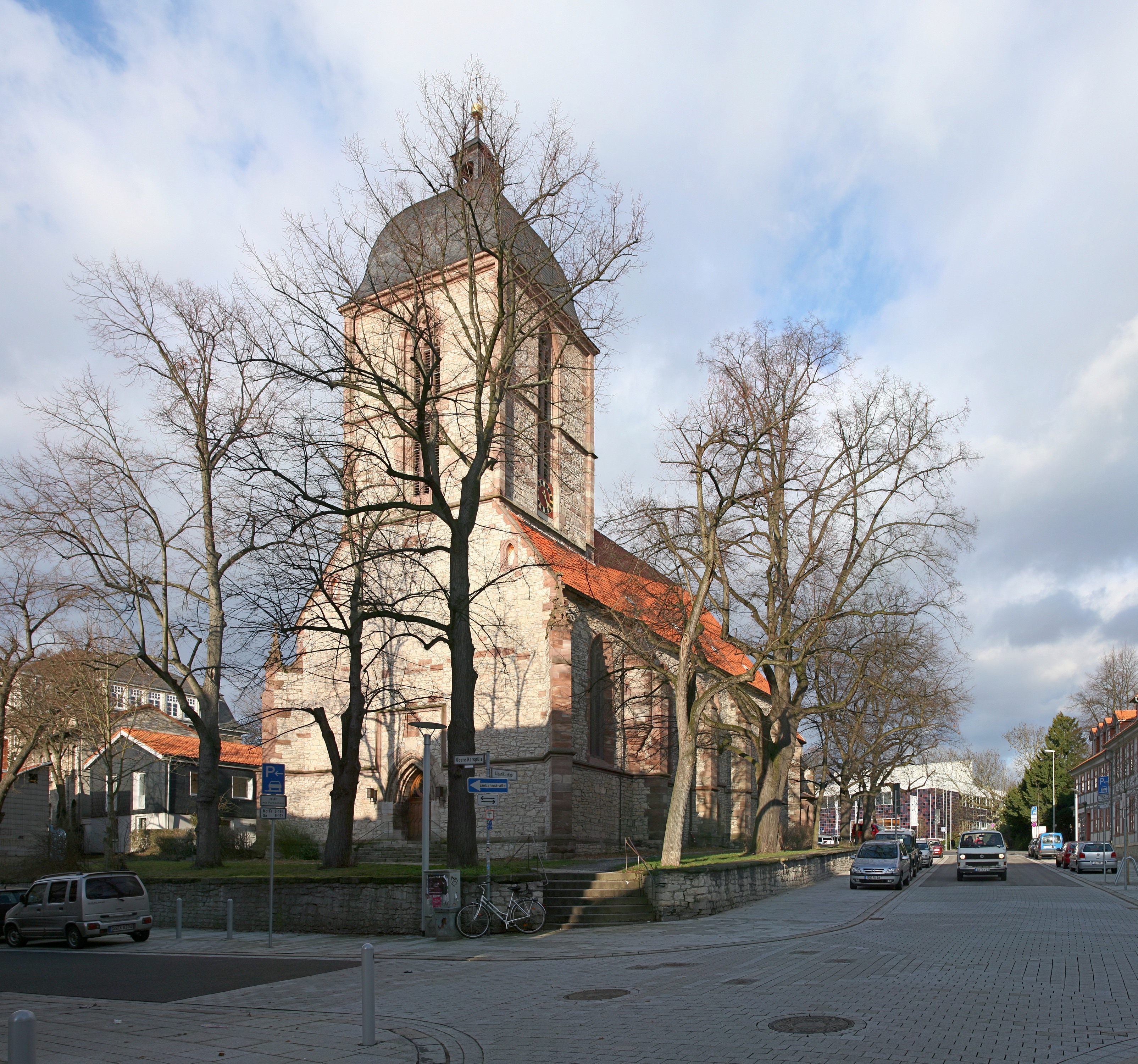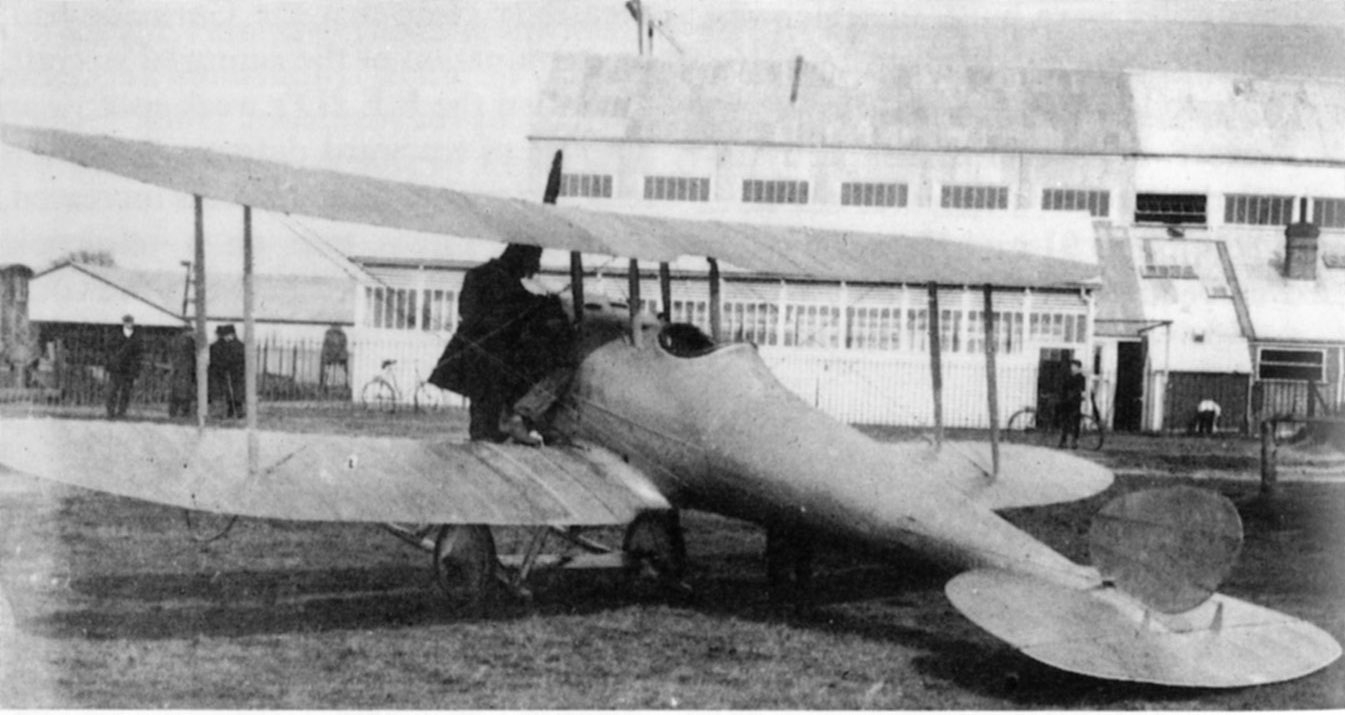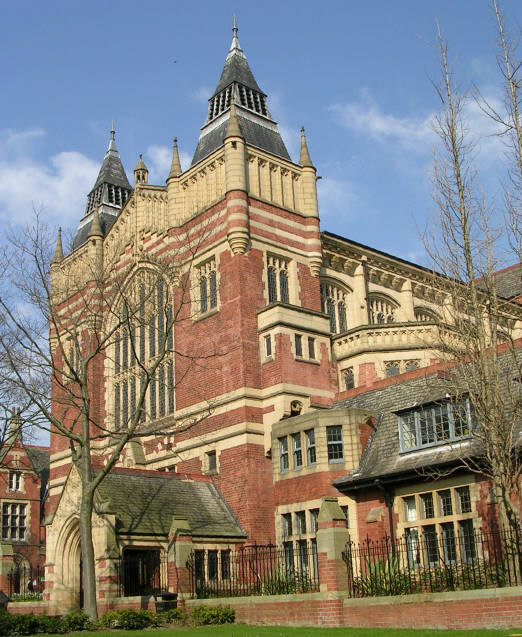|
Hilda Lyon
Hilda Margaret Lyon, MA, MSc, AFRAeS (31 May 1896 – 2 December 1946) was a British engineer who invented the "Lyon Shape", a streamlined design used for airships and submarines. Early life and education Lyon was born in 1896 in Market Weighton, Yorkshire. She was the youngest daughter of Thomas and Margaret Lyon (née Green); her father was a grocer. Hilda Lyon attended Beverley High School and then in 1915 went to Newnham College, Cambridge, from which she obtained a MA in mathematics. Career in aviation After graduating, Lyon took an Air Ministry course in aeroplane stress-analysis and then obtained a job as a technical assistant. She saw no prospect of promotion or more responsibility "for a woman mathematician" in this job, so she and her sister quit their jobs and went to Switzerland for six weeks. In 1918, Lyon worked as an Aircraft Technical Assistant for Siddeley-Deasy. She moved to George Parnall & Co. in 1920. Around 1922, Lyon was admitted as an Assoc ... [...More Info...] [...Related Items...] OR: [Wikipedia] [Google] [Baidu] |
Market Weighton
Market Weighton ( ) is a town and civil parishes in England, civil parish in the East Riding of Yorkshire, England. It is one of the main towns in the East Yorkshire Wolds and lies midway between Kingston upon Hull, Hull and York, about from either one. According to the 2021 United Kingdom census, 2021 UK Census Market Weighton parish had a population of 7,459, an increase on the United Kingdom Census 2011, 2011 UK census population of 6,429, which was an increase on the United Kingdom Census 2001, 2001 UK census figure of 5,212. History The 19th-century English lexicographer William Smith (lexicographer), Sir William Smith proposed Market Weighton as the location of the still-undiscovered Roman Empire, Roman castra, camp of Delgovicia. Historically the town was listed in the Domesday Book of 1086 as "Wicstun", and was granted its charter to become a market town in 1251; the markets ceased in the nineteenth century. Notable architecture includes: a parish church, parts of wh ... [...More Info...] [...Related Items...] OR: [Wikipedia] [Google] [Baidu] |
Göttingen
Göttingen (, ; ; ) is a college town, university city in Lower Saxony, central Germany, the Capital (political), capital of Göttingen (district), the eponymous district. The River Leine runs through it. According to the 2022 German census, the population of Göttingen was 124,548. Overview The origins of Göttingen lay in a village called ''Gutingi, ''first mentioned in a document in 953 AD. The city was founded northwest of this village, between 1150 and 1200 AD, and adopted its name. In Middle Ages, medieval times the city was a member of the Hanseatic League and hence a wealthy town. Today, Göttingen is famous for its old university (''Georgia Augusta'', or University of Göttingen, "Georg-August-Universität"), which was founded in 1734 (first classes in 1737) and became the most visited university of Europe. In 1837, seven professors protested against the absolute sovereignty of the House of Hanover, kings of Kingdom of Hanover, Hanover; they lost their positions, but ... [...More Info...] [...Related Items...] OR: [Wikipedia] [Google] [Baidu] |
St Mary's Church, Beverley
St Mary's Church is an Church of England, Anglican parish church in Beverley in the East Riding of Yorkshire, England. It is designated a Grade I listed building. History St Mary's was established in the first half of the 12th century as a daughter church of Beverley Minster, to serve Beverley's trading community. It is a cruciform church, 197 feet in length, with aisled nave and chancel, south transept with east aisle, north transept with east chapel and crypt below, northeast chapel with adjoining sacristy and priests’ rooms above, and a crossing tower. A few 12th and early 13th century fragments remain scattered throughout the church. These are numerous enough to determine that by the mid-13th century, the church consisted of an aisle-less chancel and transepts, an aisled nave, and probably a crossing tower. Systematic rebuilding began in the late 13th century, during the English Gothic architecture#Decorated Gothic, Decorated period, when a large chapel was added on t ... [...More Info...] [...Related Items...] OR: [Wikipedia] [Google] [Baidu] |
East Riding Of Yorkshire
The East Riding of Yorkshire, often abbreviated to the East Riding or East Yorkshire, is a Ceremonial counties of England, ceremonial county in the Yorkshire and the Humber region of England. It borders North Yorkshire to the north and west, South Yorkshire to the south-west, and Lincolnshire to the south across the Humber Estuary. The city of Kingston upon Hull is the largest settlement. The county has an area of and a population of 600,259. Kingston upon Hull is by far the largest settlement, with population of 267,014, and is a major port and the county's economic and transport centre. The rest of the county is largely rural, and the next largest towns are the seaside resort of Bridlington (35,369) and the historic town of Beverley (30,351), which is also the county town. The county is governed by two unitary authorities, East Riding of Yorkshire Council and Hull City Council. It takes its name from the East Riding County Council, East Riding, a historic subdivision of York ... [...More Info...] [...Related Items...] OR: [Wikipedia] [Google] [Baidu] |
Women's Engineering Society
The Women's Engineering Society is a United Kingdom professional learned society and networking body for women engineers, scientists and technologists. It was the first professional body set up for women working in all areas of engineering, predating the Society of Women Engineers by around 30 years. History The society was formed on 23 June 1919, after the First World War, during which many women had taken up roles in engineering to replace men who were involved in the military effort. While it had been seen as necessary to bring women into engineering to fill the gap left by men joining the armed forces, the government, employers, and trades unions were against the continuing employment of women after the war. The Restoration of Pre-War Practices Act 1919 gave soldiers returning from World War I their pre-war jobs back and meant many women could no longer work in roles they were employed to fill during the war. This led a group of seven women, including Lady Katharine Parsons ... [...More Info...] [...Related Items...] OR: [Wikipedia] [Google] [Baidu] |
Oxford Dictionary Of National Biography
The ''Dictionary of National Biography'' (''DNB'') is a standard work of reference on notable figures from History of the British Isles, British history, published since 1885. The updated ''Oxford Dictionary of National Biography'' (''ODNB'') was published on 23 September 2004 in 60 volumes and online, with 50,113 biographical articles covering 54,922 lives. First series Hoping to emulate national biography, biographical collections published elsewhere in Europe, such as the (1875), in 1882 the publisher George Murray Smith, George Smith (1824–1901), of Smith, Elder & Co., planned a universal dictionary that would include biographical entries on individuals from world history. He approached Leslie Stephen, then editor of the ''Cornhill Magazine'', owned by Smith, to become the editor. Stephen persuaded Smith that the work should focus only on subjects from the United Kingdom and its present and former colonies. An early working title was the ''Biographia Britannica'', the na ... [...More Info...] [...Related Items...] OR: [Wikipedia] [Google] [Baidu] |
Hilda Lyon Plaque
Hilda is one of several feminine given names derived from the name ''Hild'', formed from Old Norse , meaning 'battle'. Hild, a Nordic-German Bellona, was a Valkyrie who conveyed fallen warriors to Valhalla. Warfare was often called Hild's Game. Hilda of Whitby was an early Christian saint. Hylda is a spelling variant. Hilde is a variant of Hilda. Another variation on ''Hild'' is Hildur. Hildy is an English nickname. Ildikó is a Hungarian form of the name. Related names include Brunhilde, Brynhild, Hildebrand, Hildegard, Gunhild, Krimhild, and Mathilde. Cultural influences The name became rare in England during the later Middle Ages, but was revived in the 19th century. Several English-language popular 19th century novelists used the name Hilda for their heroines. Hilda Scarve was the romantic heroine of the 1842 novel '' The Miser's Daughter'' by William Harrison Ainsworth. Nathaniel Hawthorne used the name Hilda for the innocent art student heroine of his 1860 nov ... [...More Info...] [...Related Items...] OR: [Wikipedia] [Google] [Baidu] |
Royal Aircraft Establishment
The Royal Aircraft Establishment (RAE) was a British research establishment, known by several different names during its history, that eventually came under the aegis of the Ministry of Defence (United Kingdom), UK Ministry of Defence (MoD), before finally losing its identity in mergers with other institutions. The British Army Balloon Factory was established on Farnborough Common in the early 1900s. By 1912 it had come under civilian control and was the Royal Aircraft Factory (RAF) In 1918 it was renamed Royal Aircraft Establishment to prevent confusion with the newly created Royal Air Force. The first site was at Farnborough Airfield ("RAE Farnborough") in Hampshire to which was added a second site RAE Bedford (Bedfordshire) in 1946. On 1 May 1988 it was renamed the Royal Aerospace Establishment (RAE) before merging with other research entities to become part of the new Defence Research Agency in 1991. History In 1904–1906 the Army Balloon Factory, which was part of the A ... [...More Info...] [...Related Items...] OR: [Wikipedia] [Google] [Baidu] |
USS Albacore (AGSS-569), Launching 1953
USS ''Albacore'' has been the name of more than one United States Navy ship, and may refer to: *, a patrol vessel in commission from 1917 to 1919 *, a fleet submarine commissioned in 1942 and sunk in 1944 *, an experimental test platform submarine in commission from 1953 to 1972 {{DEFAULTSORT:Albacore, USS United States Navy ship names ... [...More Info...] [...Related Items...] OR: [Wikipedia] [Google] [Baidu] |
Aeroelasticity
Aeroelasticity is the branch of physics and engineering studying the interactions between the inertial, elastic, and aerodynamic forces occurring while an elastic body is exposed to a fluid flow. The study of aeroelasticity may be broadly classified into two fields: ''static aeroelasticity'' dealing with the static or steady state response of an elastic body to a fluid flow, and ''dynamic aeroelasticity'' dealing with the body's dynamic (typically vibrational) response. Aircraft are prone to aeroelastic effects because they need to be lightweight while enduring large aerodynamic loads. Aircraft are designed to avoid the following aeroelastic problems: # divergence where the aerodynamic forces increase the twist of a wing which further increases forces; # control reversal where control activation produces an opposite aerodynamic moment that reduces, or in extreme cases reverses, the control effectiveness; and # flutter which is uncontained vibration that can lead to the destr ... [...More Info...] [...Related Items...] OR: [Wikipedia] [Google] [Baidu] |
National Physical Laboratory (United Kingdom)
The National Physical Laboratory (NPL) is the national measurement standards laboratory of the United Kingdom. It sets and maintains physical standards for British industry. Founded in 1900, the NPL is one of the oldest metrology institutes in the world. Research and development work at the laboratory has contributed to the advancement of many disciplines of science, including the development of early computers in the late 1940s and 1950s, construction of the first accurate atomic clock in 1955, and the invention and first implementation of packet switching in the 1960s, which is today one of the fundamental technologies of the Internet. The former heads of NPL include many individuals who were pillars of the British scientific establishment. NPL is based at Bushy Park in Teddington, southwest London. It is operated by NPL Management Ltd, a company owned by the Department for Science, Innovation and Technology, and is one of the most extensive government laboratories in the ... [...More Info...] [...Related Items...] OR: [Wikipedia] [Google] [Baidu] |
University Of Leeds
The University of Leeds is a public research university in Leeds, West Yorkshire, England. It was established in 1874 as the Yorkshire College of Science. In 1884, it merged with the Leeds School of Medicine (established 1831) and was renamed Yorkshire College. It became part of the federal Victoria University (UK), Victoria University in 1887, joining Owens College (which became the University of Manchester) and University College Liverpool (which became the University of Liverpool).Charlton, H. B. (1951) ''Portrait of a University''. Manchester: U. P.; chap. IV In 1904, a royal charter was granted to the University of Leeds by Edward VII, King Edward VII. Leeds is the list of universities in the United Kingdom by enrolment, tenth-largest university in the United Kingdom by total enrolment and receives over 68,000 undergraduate applications per year, making it the fourth-most popular university (behind University of Manchester, Manchester, University College London and King's C ... [...More Info...] [...Related Items...] OR: [Wikipedia] [Google] [Baidu] |








